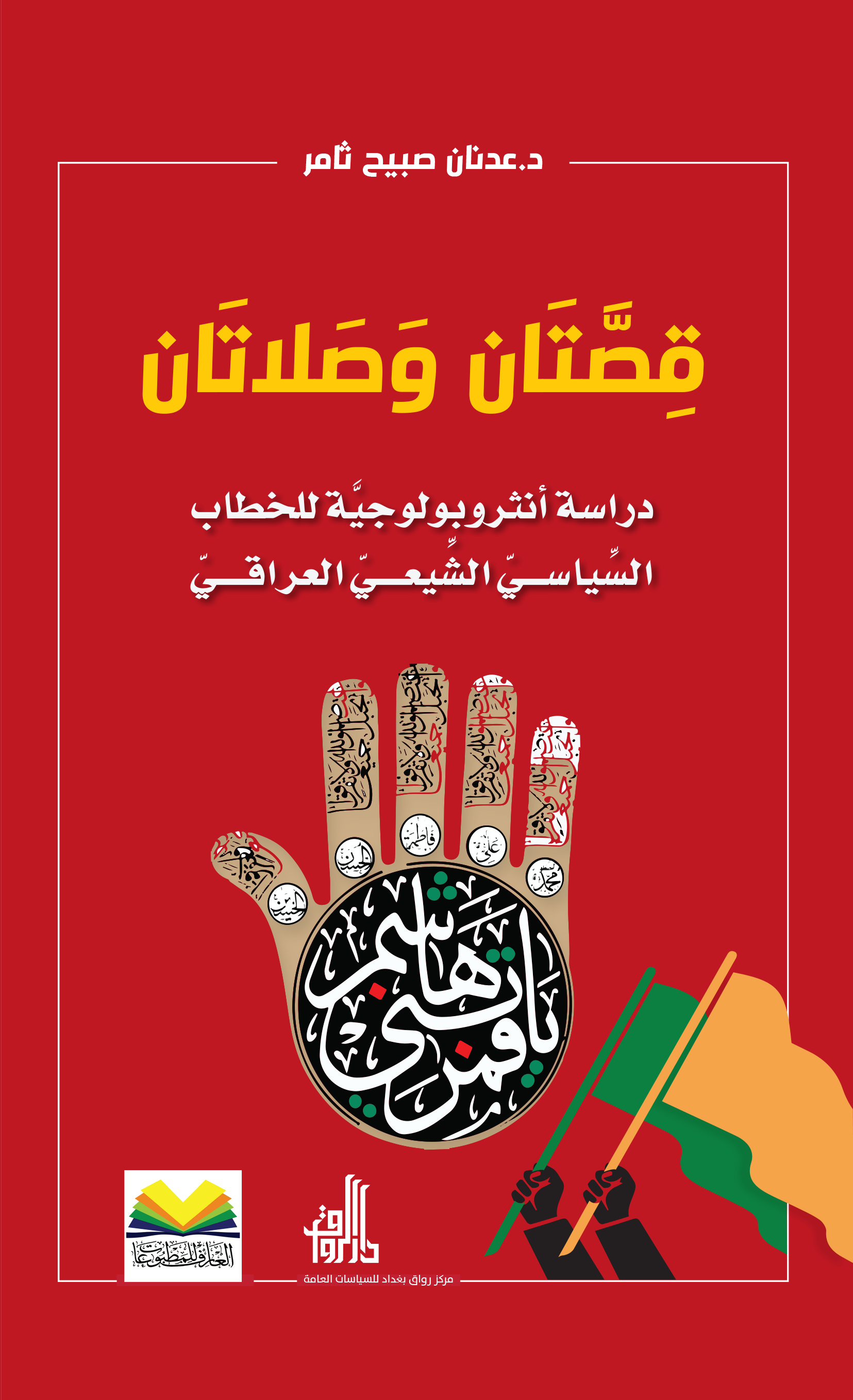The classification of Shiite rhetoric went in three faces, such as the restored discourse when they first these trends in terms of being a common denominator and a basic and effective engine for the Shiites in its various branches, while the second was the discourse of the religious authority, which focused on reformulating the influential historical discourse and linking it to the present.
The historical and reference discourses, after their overlap with the political context, helped to produce the discourse of political forces, and this book answers a pivotal question:
What shapes Shiite political discourse?
And he took the path of analyzing the discourse of certain political forces depending on aspects related to the upbringing and the wide audience because this audience was associated with two fundamental stories that are not intersecting Caliphate and kindness to form from this overlap a context for the discourse of the representatives of the faith, namely the religious authority and political forces, so they were two stories and two prayers







